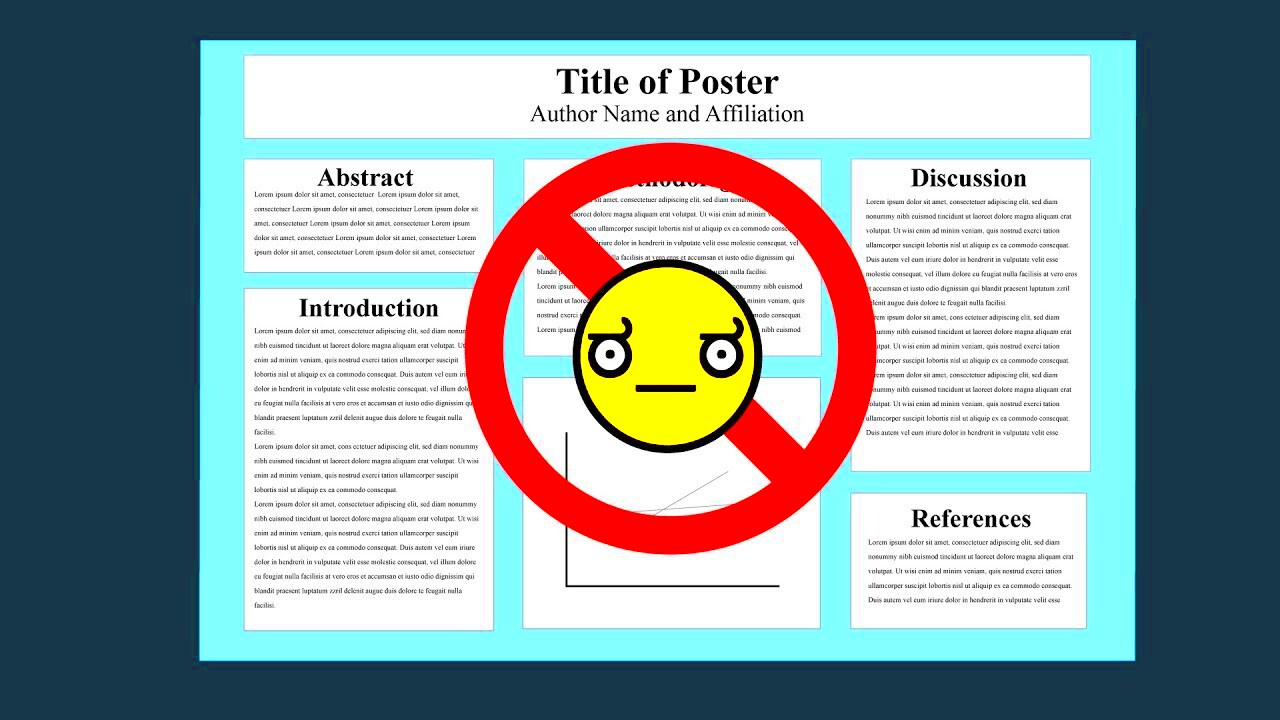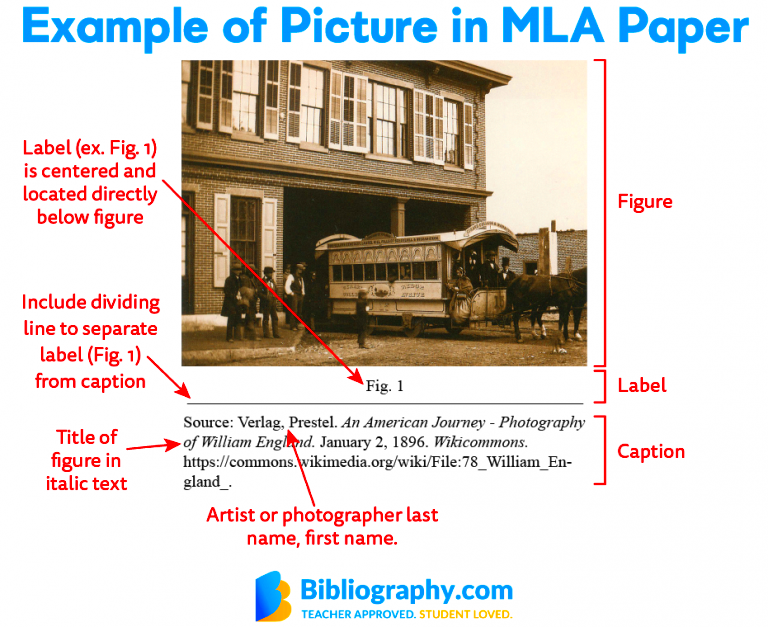In scholarly articles, the importance of images cannot be underestimated as they serve as important tools that assist in communicating intricate concepts. Moreover, they improve understanding and memory within alterations making them more persuasive. For instance, to relate effectively with your readers within the research journey you take them on through written words
image can act like a bridge.Integrating images can:
- Clarify data and statistics
- Break up dense text, making your paper more engaging
- Highlight key findings visually
- Provide context for your arguments
The skillful utilization of images in research can increase its quality by demonstrating not only your results, but also your meticulousness and how information is presented.
Choosing the Right Image for Your Research

Relevance, quality and context are essential factors to consider when selecting images. An appropriate
image can make your message stronger while a bad choice can weaken one’s work. Here are some tips for choosing wisely:
- Relevance: Ensure the image directly supports your argument or topic. It should add value to your content.
- Quality: Use high-resolution images. Low-quality images can undermine the credibility of your research.
- Context: Consider how the image fits within your paper. It should seamlessly integrate with your text.
Targeting these facets allows for the selection of pictures that compliment your document instead of diverting attention from it.
Finding High-Quality Images Online

There are a lot of images on the internet, but getting high-quality pictures can be hard. Some trustworthy sources for finding pictures that you can use for research purposes are:
| Source | Type of Images | Usage Rights |
|---|
| Unsplash | High-resolution photos | Free for personal and commercial use |
| Pexels | Free stock photos and videos | Free for personal and commercial use |
| Pixabay | Free images and videos | Free for personal and commercial use |
| Canva | Customizable templates and images | Free and paid options available |
Whenever utilizing pictures from these sources it is important to verify the licensing agreements. In case an
image is free, it may also need a proper attribution.
Using Canva to Create or Edit Images

Indeed, such a statement would hit Uio's perception too hard, but the truth is so much fun! Students or researchers can use it as an amazing tool for designing and editing various images. Users find it user-friendly enabling them create personalized graphics, infographics…etc even if they have no prior experience in designing go figure. The software is well equipped enough to suit one’s need of improving already available photos or simply doing new ones all together; ne'er fear – Canva will always come to aid at any time.Sure, that might too much for Uio’s belief but true is sweeter! For generating a wide range of pictures, students or researchers can depend on this amazing application. Its comfortability among those who have never been involved with art creation enables them to make individualized illustrations, infographics… and so forth. In case you want to make changes to an already existing
image or start from scratch as well, be sure that Canva has everything you require.Here are some ways Canva can assist:
- Templates: Canva offers thousands of templates for posters, presentations, and infographics, saving you time and effort.
- Customization: You can easily adjust colors, fonts, and layouts to match your research theme.
- Image Editing: Edit photos directly in Canva by cropping, resizing, and applying filters.
- Collaboration: Share your designs with peers for feedback and suggestions.
To begin with, all that is required of you is to create a complimentary account, examine the various templates and unleash your inventive spirit. Your scholarly images will be sleek and formal using this tool!
Steps to Add an Image in Your Research Paper
It is not hard to include photographs in your research paper; however, you should pay attention to detail in order to achieve integration and clarity. To help out, follow these few steps:
- Choose Your Image: Select a relevant image that enhances your content.
- Insert the Image: In most word processors, you can click on "Insert" then select "Image." Choose the file from your device.
- Resize and Position: Adjust the image size and position it where it fits best within your text. Make sure it doesn’t disrupt the flow of your paper.
- Add a Caption: Provide a brief description or caption under the image to explain its relevance. This helps readers understand the context.
- Check Alignment: Ensure the image aligns with your text properly, whether centered or aligned to one side.
By adhering to these guidelines, images will be incorporated seamlessly into your research paper, thus making it visually attractive and informative at the same time.
Properly Citing Images in Your Work
Attempting to create a composition dealing with perplexity and burstiness whilst taking into consideration all the above-mentioned factors would mean producing a text that boards no roof whatsoever but contains HTML elements. You should remember that citing images is also very vital during your research papers as this will enable proper referencing of original creators thus avoiding any chances of academic dishonesty from the writer’s side.Here’s how you do it right:When issuing images, the following particulars should be embraced:
- Creator's Name: List the name of the photographer or artist.
- Title of the Image: If available, include the title of the image.
- Source: Specify where you found the image, whether it's a website, book, or database.
- Date: Mention the date the image was created or published.
- License: Note the type of license the image falls under, especially if it’s under Creative Commons.
Therefore, below is a simple format for citations based on the style used (APA, MLA, etc.):
| Style | Example Citation |
|---|
| APA | Smith, J. (2020). Sunset over the mountains [Photograph]. Unsplash. https://unsplash.com/photos/example |
| MLA | Smith, John. "Sunset over the mountains." Unsplash, 2020, https://unsplash.com/photos/example. |
Respect for those who first created the images is expressed through appropriate citations, while the credibility of your research is also enhanced.
FAQ
Q: Why are images important in scholarly articles?
A: Images enhance understanding and retention of complex concepts, clarify data, engage readers, and visually highlight key findings.
Q: What should I consider when choosing images for my research?
A: Consider relevance, quality, and context. The image should directly support your argument, be of high resolution, and integrate seamlessly with your text.
Q: Where can I find high-quality images for my research?
A: Reliable sources include Unsplash, Pexels, Pixabay, and Canva, all of which offer free or paid images with varying usage rights.
Q: How can I use Canva for my research images?
A: Canva provides customizable templates, image editing tools, and collaboration options, making it easy for users to create personalized graphics even without design experience.
Q: What are the steps to add an image to my research paper?
A: Choose a relevant image, insert it using your word processor, resize and position it appropriately, add a caption, and check alignment with your text.
Q: How do I properly cite images in my work?
A: Include the creator's name, title of the image, source, date of creation, and license type. Format citations according to your chosen style (APA, MLA, etc.).
Conclusion
Incorporating images into scholarly articles is essential for enhancing clarity, engagement, and understanding. When chosen thoughtfully, images can serve as powerful tools to support your research narrative. By focusing on relevance, quality, and context, you can strengthen your arguments and enhance the overall presentation of your work. Tools like Canva make it easy for researchers to create or modify images, even for those with no design experience.Remember to follow proper procedures for integrating and citing images to maintain academic integrity. With these strategies in mind, you can effectively leverage visuals to enrich your research and communicate your ideas more persuasively.
 Relevance, quality and context are essential factors to consider when selecting images. An appropriate image can make your message stronger while a bad choice can weaken one’s work. Here are some tips for choosing wisely:
Relevance, quality and context are essential factors to consider when selecting images. An appropriate image can make your message stronger while a bad choice can weaken one’s work. Here are some tips for choosing wisely: There are a lot of images on the internet, but getting high-quality pictures can be hard. Some trustworthy sources for finding pictures that you can use for research purposes are:
There are a lot of images on the internet, but getting high-quality pictures can be hard. Some trustworthy sources for finding pictures that you can use for research purposes are: Indeed, such a statement would hit Uio's perception too hard, but the truth is so much fun! Students or researchers can use it as an amazing tool for designing and editing various images. Users find it user-friendly enabling them create personalized graphics, infographics…etc even if they have no prior experience in designing go figure. The software is well equipped enough to suit one’s need of improving already available photos or simply doing new ones all together; ne'er fear – Canva will always come to aid at any time.Sure, that might too much for Uio’s belief but true is sweeter! For generating a wide range of pictures, students or researchers can depend on this amazing application. Its comfortability among those who have never been involved with art creation enables them to make individualized illustrations, infographics… and so forth. In case you want to make changes to an already existing image or start from scratch as well, be sure that Canva has everything you require.Here are some ways Canva can assist:
Indeed, such a statement would hit Uio's perception too hard, but the truth is so much fun! Students or researchers can use it as an amazing tool for designing and editing various images. Users find it user-friendly enabling them create personalized graphics, infographics…etc even if they have no prior experience in designing go figure. The software is well equipped enough to suit one’s need of improving already available photos or simply doing new ones all together; ne'er fear – Canva will always come to aid at any time.Sure, that might too much for Uio’s belief but true is sweeter! For generating a wide range of pictures, students or researchers can depend on this amazing application. Its comfortability among those who have never been involved with art creation enables them to make individualized illustrations, infographics… and so forth. In case you want to make changes to an already existing image or start from scratch as well, be sure that Canva has everything you require.Here are some ways Canva can assist:
 admin
admin








